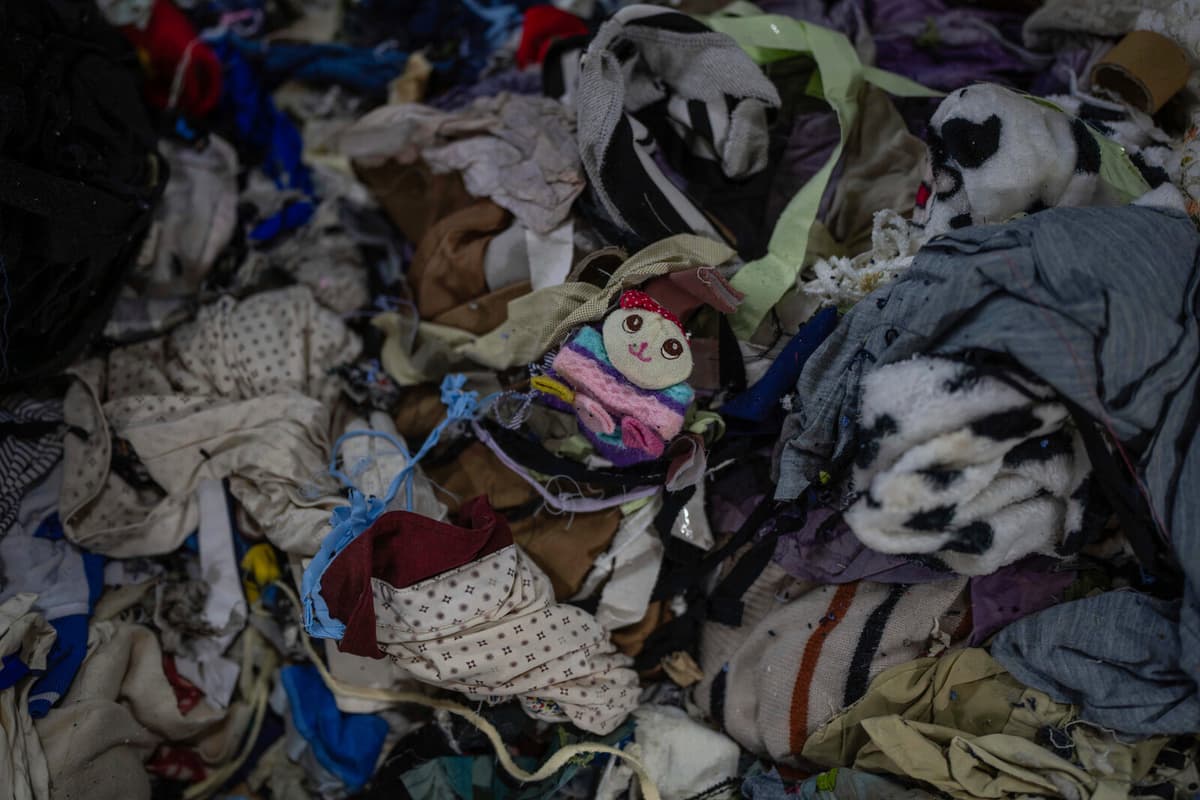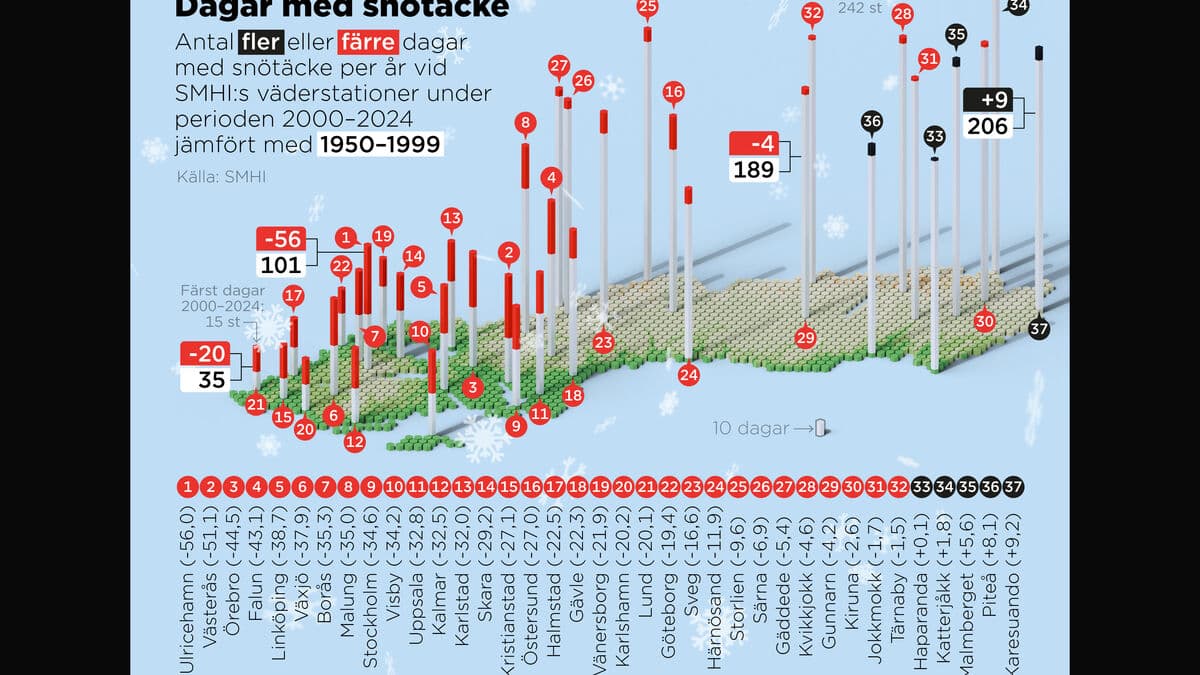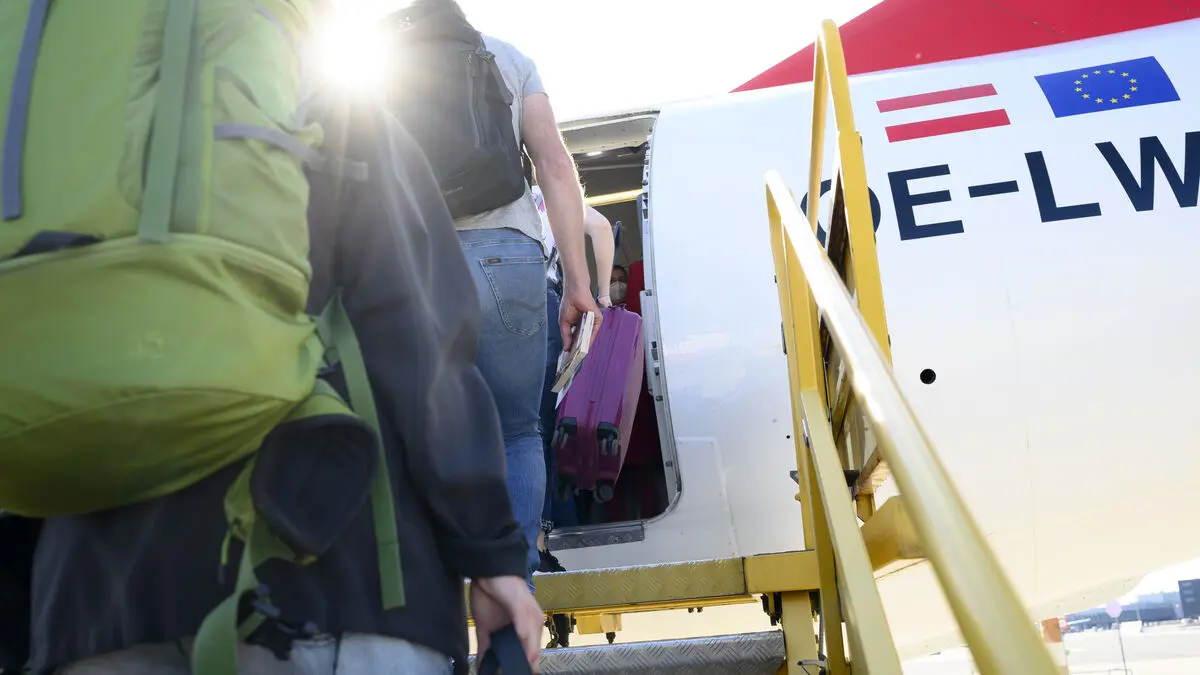At the turn of the year, it's the end of discarded socks, bed linen, jeans, and towels in household waste. Then, municipalities will be responsible for collecting textile waste and it must be thrown away separately, just like glass, plastic, and paper.
But for municipalities, it's unclear how long the responsibility will rest on them. This autumn, the EU Parliament is expected to take a stance on a law on producer responsibility, which would mean that those who put textile products on the market must also take responsibility for recycling.
With the new proposal, it's up to each member state to decide how producer responsibility will be implemented, says Jon Nilsson-Djerf, an advisor for material recycling at Svenskt avfall.
Temporary solutions
The uncertainty makes it difficult for municipalities to know who should make investments in, among other things, logistics. Therefore, there are many temporary solutions and collaborations, which makes the expansion of systems for handling clothes slow.
Textiles collected must follow the so-called waste hierarchy, which is common to the entire EU. This means that those responsible for waste must first try to reuse it, then recycle the material. As a last resort, it should be disposed of.
This makes sorting a key issue. Textile waste and items that can be reused must be separated.
Today, clothes to be recycled are mainly sorted manually, and much of the textile waste collected in Sweden is sent abroad for sorting. But when all European countries simultaneously demand the sorting of textiles, the capacity for sorting needs to increase significantly.
Little is recycled
Jon Nilsson-Djerf sees the next level, material recycling, as the worst bottleneck.
Even if we collect and sort, we will have problems with sales. A lot of research is being done on material recycling of textiles, but very little is recycled. The technology is not far enough along.
Even though research is underway, he suspects that it is affected by the industry waiting for a decision on producer responsibility.
I think many countries are waiting for producer responsibility, they are not forced to develop material recycling yet. I think it will accelerate once we have that decision in place.
In 2023, the total net inflow of new textiles was 11.4 kg per person, a decrease of 3.8 kg since 2022.
Nearly eight kilos of textiles are thrown away every year in household waste and incinerated.
Almost twice as much textiles are thrown away in waste as are left for recycling.
Sources: IVL, Naturskyddsföreningen, and Naturvårdsverket





